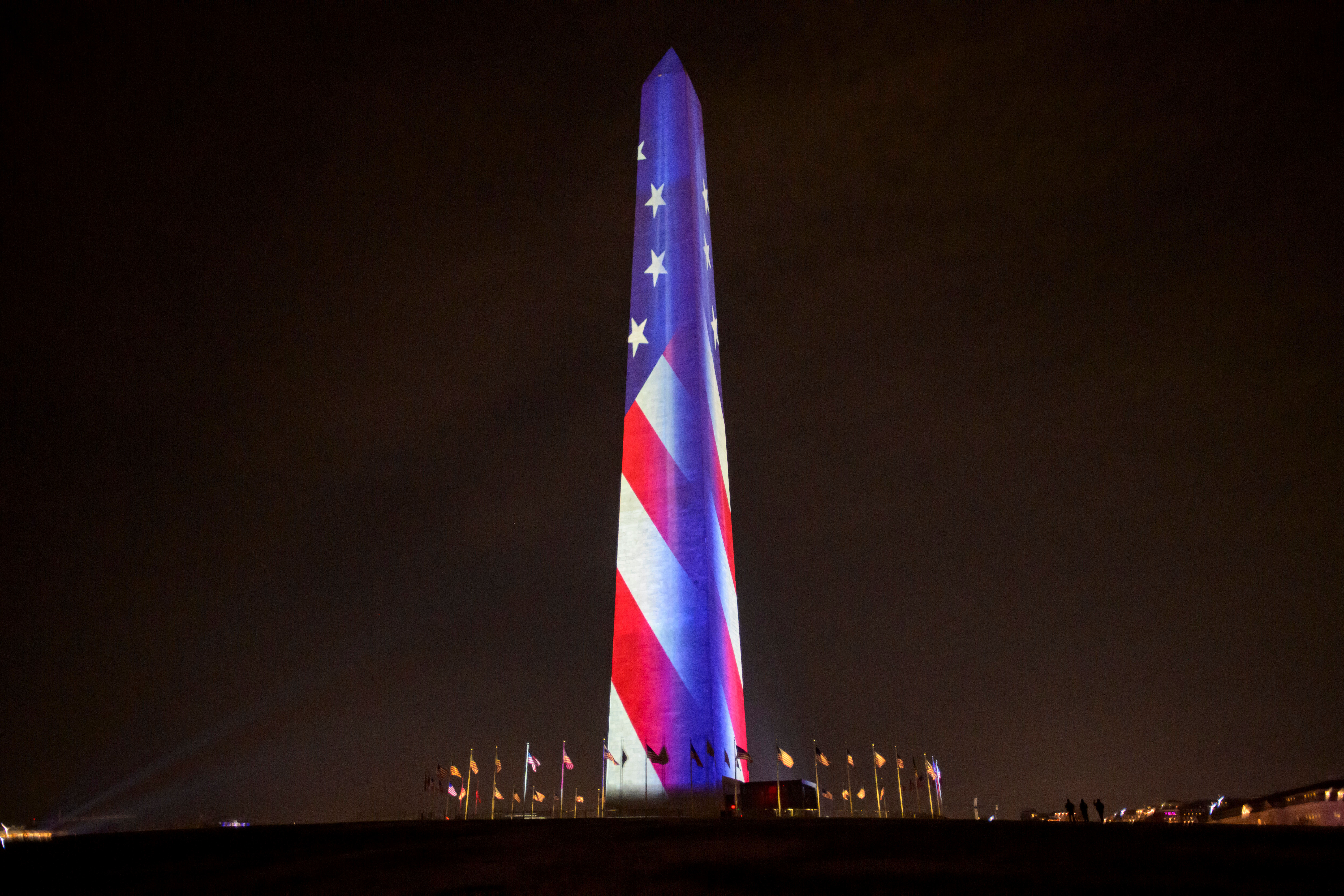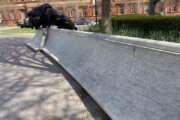
The National Park Service plans to rehabilitate and heighten nearly 7,000 feet of sea wall that lines the Tidal Basin and West Potomac Park in an effort to deal with daily flooding.
The sea walls — some built of dry, stacked stone, others created with concrete — are built to keep water from the basin and river from eroding the shoreline and walkways. However, the sea walls and walkways are often under water.
“The sea walls around the National Mall are failing,” said Mike Litterst, spokesman with the National Park Service. “There are places around the Tidal Basin, twice a day at high tide, the water from the Tidal Basin actually overflows the sea wall.”
The flooding is damaging the cherry trees and other flora, Litterst said.
To deal with the problem, Litterst said the sea wall height will be increased 4.75 feet at the Tidal Basin and 5.50 feet along West Potomac Park to account for wind and wave conditions along the Potomac River.
In addition, the sea wall will be rebuilt with a pile-supported platform foundation that will prevent the sea wall from settling and support height extensions of the wall, if needed, due to future rising sea levels or increasing storm surge elevations.
“When the sea walls were initially built at the Tidal Basin, they weren’t sunk to bedrock, so they have been settling over the years,” Litterst said. “[They’re] as much as 3 feet lower now than when they were built.”
Also, “we have been seeing sea level rise up to a foot,” Litterst said.
The taller sea walls will also be widened around the Tidal Basin from 8 to 12 feet to provide more accessibility.
“Anybody who’s been around the Tidal Basin in cherry blossom season knows how badly we could use wider sidewalks,” Litterst said.
Besides the sea wall, grading will be bolstered nearby to keep cherry trees surrounding the basin healthy.
“Factors leading to the decline of cherry trees include regular flooding and soil compaction,” according to park service planning documents.
According to the documents, an estimated 234 trees — cherry, deciduous, and evergreen — will be removed from the Tidal Basin as part of the project and 311 will be planted. In West Potomac Park, 40 trees will be removed and 70 will be planted.
Having just completed the environmental assessment process, the park service will now move on to the design and construction phase.
A design-build contract is expected to be awarded by the end of the summer, with construction expected to be underway by this time next year.








